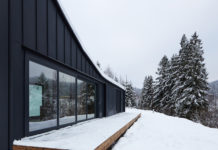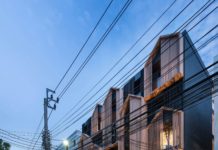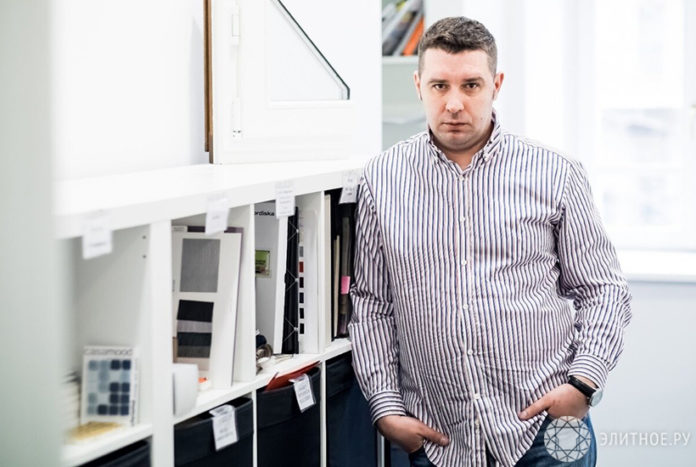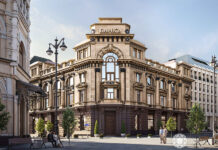Since last June alone, building materials in the country have risen in price by an average of almost a quarter
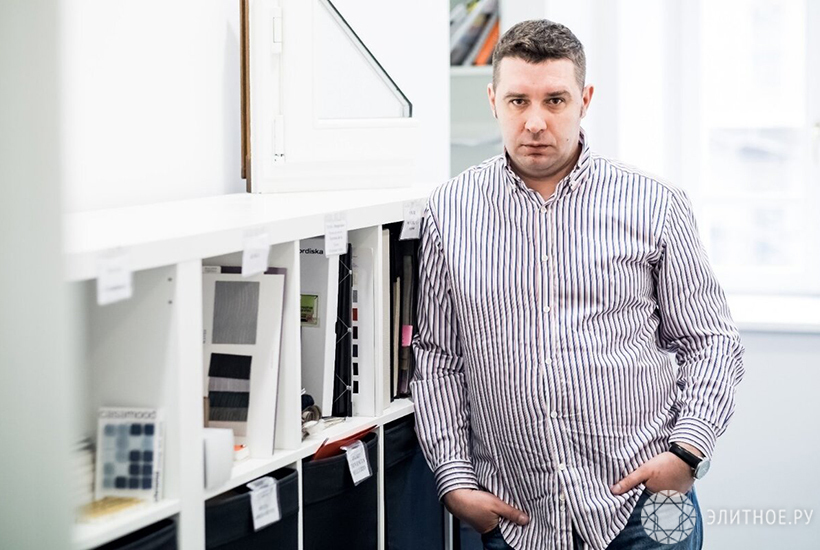
According to the most modest official forecasts, world inflation in the segment of building materials will be at least 15% by the end of the year. In Russia, according to Rosstat estimates, since last June, building materials have added an average of 23.9%. This includes, among other things, what relates to premium and elite construction: design, renovation, interiors. The closed borders due to the pandemic, the collapse of the ruble exchange rate and the ruin of dozens of Italian, Portuguese and Spanish factories played a cruel joke with the price.
The coronavirus pandemic, which in the literal sense of the word locked most of the world in their homes and apartments, forced many to engage in repairs – cosmetic or major ones – who had the strength and resources for what. Never before has the expression “my home is my fortress” been understood so literally: the queues at the pick-up points of construction and furniture hypermarkets, even at the peak of the pandemic, were gigantic, and delivery could not be ordered earlier than a month later.
When by mid-May the whole country realized that the borders would not open soon, and Russian resorts would take advantage of the situation and raise prices 5-10 times, a boom in suburban construction and repairs began.
All this, of course, not only increased the shortage of building materials, finishing positions and furniture, but also drove up prices. Metal and timber have risen the most: since the beginning of the year, according to Rosstat estimates, metal tiles, for example, have grown by 21.6%, the cost of structures for wooden houses has increased 2.5-3 times, and the cost of building a turnkey country house, according to the “Association of Wooden Housing”, – by 40%.
Substitution therapy
All types of plastics also rose in price: the cheapest, even according to official data, now costs 70% more. Prices rose for metal and even for upholstery fabrics. Estimates were and are still being edited in real time, and suppliers, especially in the economy and business class segments, sold most of the materials “for cash only” to avoid taxes.
The rise in prices in the segment, according to forecasts of Russian officials, is unlikely to stop until mid-2022. Not only because of the boom in suburban construction and apartment renovations: the cheapest mortgage in the history of the Russian real estate market, the e-commerce boom with the ensuing unprecedented growth of the warehouse market, as well as the delayed projects of developers in the retail, office and residential segments will continue to support the appetites of manufacturers and retailers .
The state even announced a number of import substitution projects in construction. This was forced to do all the same devaluation of the ruble, closed borders, disruption of economic ties, a dramatic rise in shipping costs and the ruin of a number of industries during quarantines. In some segments – such as tiles, doors, windows, certain types of furniture – this has been successful, and Russian counterparts of imported goods (pre-pandemic leaders) already have a significant market share. However, firstly, they are also uncontrollably becoming more expensive (according to the Ministry of Industry and Trade, in the first quarter of 2021, the average price for furniture, by the way, increased by 12%), and secondly, import substitution is still practically impossible in the premium and de-luxury segments. thirdly, the growth in production costs was also provoked by the massive outflow of highly skilled labor.
Dear loss
However, despite the frenzied growth in the cost of materials and furniture, companies could not raise their prices by a factor of the increase in the cost of materials: an impoverished buyer would simply leave even with such a demand and a shortage. Among the main reasons for the rise in prices for furniture are the increase in the cost of materials, the expectation of negative economic scenarios, as well as the fact that 95% of furniture fittings and components in Russia are of foreign production: Spanish, Italian, German or Portuguese. Many Russian manufacturers admit that Russian factories will not be able to become completely independent from the EU. We simply do not have high-quality technical fittings. Therefore, Russian manufacturers had to feverishly create stocks of materials, but, unfortunately, for some items, they did not manage to do this in the required volume, which became an additional motivator for the growth in cost.
Several foreign companies have opened factories in Russia. However, again, these are not luxury brands, but companies of the mass, middle and, at best, “middle plus” segments. Few dared to produce premium and de-luxury goods outside their “homeland” – Italy, Spain, Portugal, France or Belgium. And the point is not even a shortage of specialized specialists, a high proportion of local materials such as marble, certain types of wood and fabrics, but in the perception of goods by the end customer. Alas, “Made in Russia” in the segment of luxury interiors still cannot boast of the quality that accompanies foreign products.
At the same time, foreign factories of deluxe interiors are not at all eager to “export” technologies and proprietary secrets even to subsidiaries and to nurture competitors somewhere with their own hands. Those who wanted to have long ago transferred part of the production to Eastern Europe, China and the countries of Southeast Asia. For those who remain at home, writing “made in Italy” (Spain, France, Portugal) is a matter of honor and a large part of branding.
As a result, in the luxury segment, projects were implemented mainly by teams that managed to create a good level of stocks of European products, and whose clients were ready to shift the project deadline to create the very “special” solutions that are possible only in European production and in open borders. Thus, the prices for the interiors of these “thrifty” companies rose by an average of 10-15%. For the same teams that did not manage to create stocks, delivery times were significantly extended, and in the case of substitution of materials for “closer” analogs, the quality of projects suffered to a certain extent. Today, the situation with delivery times has more or less normalized, and yet, even in the luxury segment, companies, where they could, have reoriented themselves to the local market.
Further changes in the segment may be caused, first of all, by the fact that that customers will still try to order furniture made in Russia or foreign, but “out of stock”, in an effort to eliminate the risks of disruption in production terms. Of course, this will affect the work of designers: until the situation normalizes, a significant part of the interiors in Russia, even in the luxury segment, will consist of the same “availability”, and not of catalog offers, for which the distribution time has increased.
But most of all the pandemic has affected and is reflected in our segment in construction works. This is due to the closure of borders, and, as a consequence, the lack of masters. Which, in general, is not surprising: in Moscow, according to Mayor Sergei Sobyanin, by the fall of 2020, migrants (including external ones) had decreased by 40%, and by December, the growth of wages in the construction industry, according to the players, was not less than 70%. And this despite a noticeable decrease in the quality of work.



